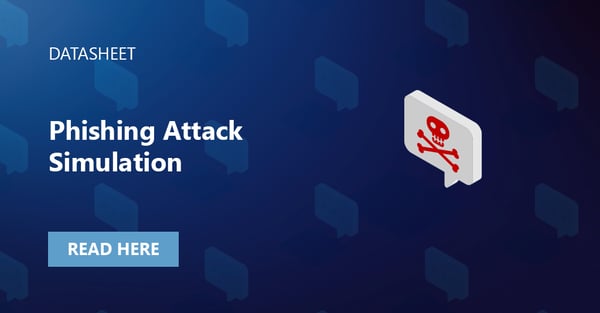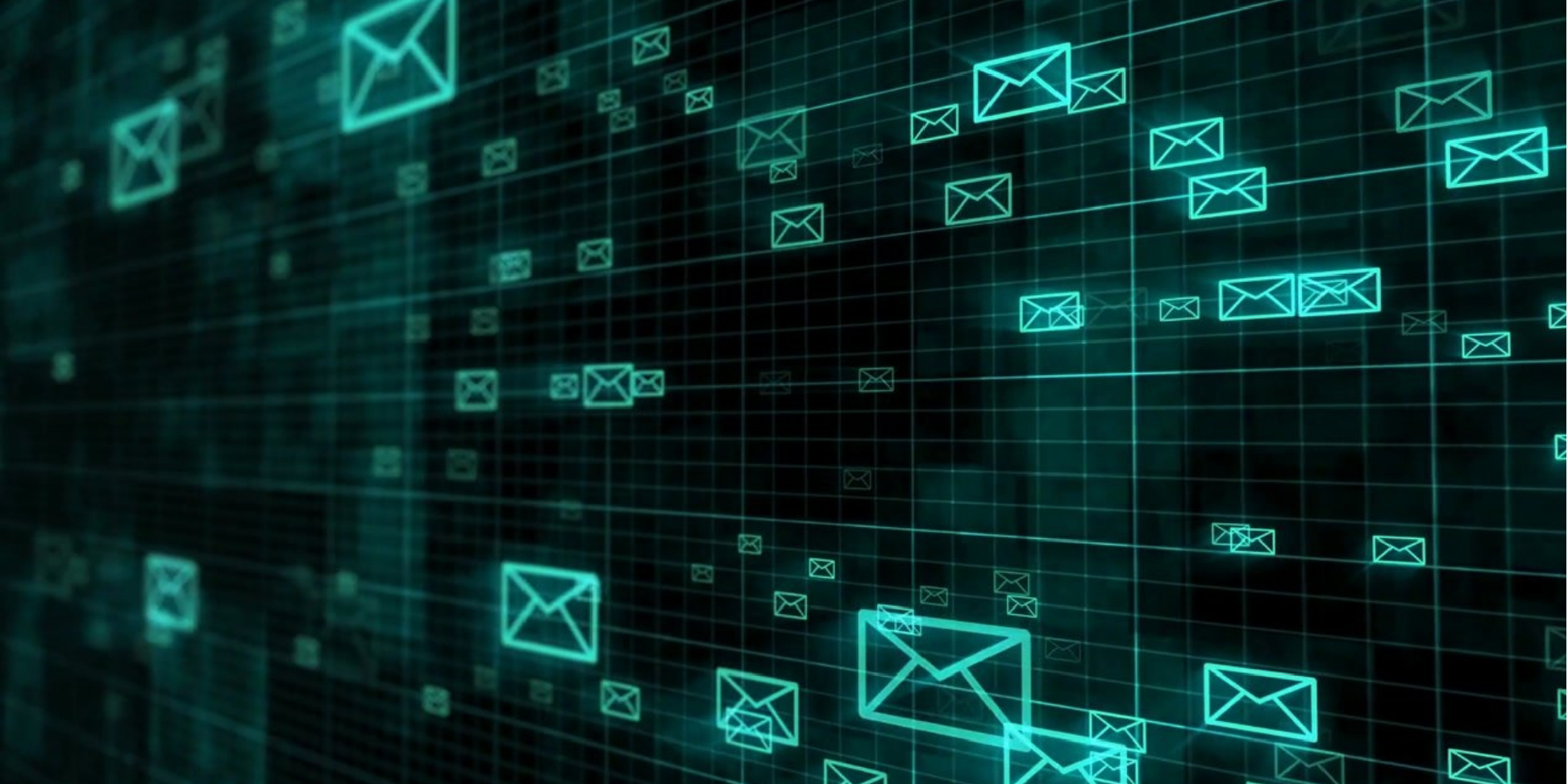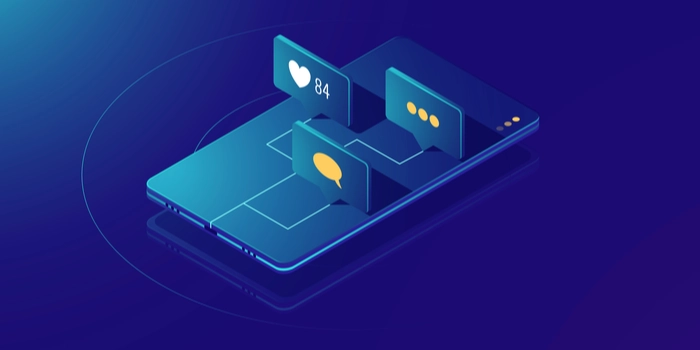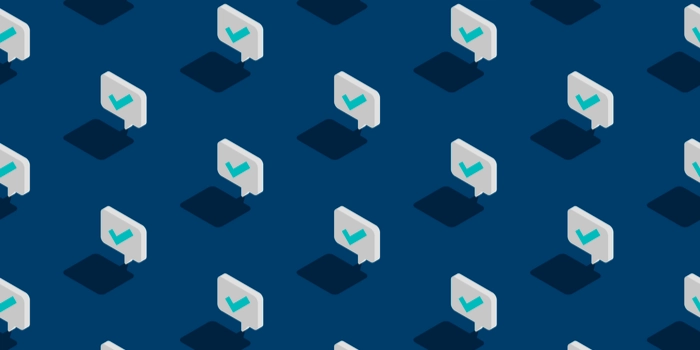What’s the most effective email security policy? One that employees will actually use! It’s startling how many well-thought-out email policies are circumvented by employees who just want to set up a meeting or send a file, and don’t want to jump through hoops. But there are ways to enforce email security policies that are transparent to your employees, starting with data leak protection and email encryption solutions—but it doesn’t end there.
Here Are Some Best-Practices to Promote Email Encryption and Privacy:
Email Encryption
Everyone agrees that email data leak protection and encryption are essential to protect confidential business information. But for employees, it often seems like just another obstacle on the way to doing their jobs. What they don't know is that most states require confidential information to be encrypted when sending via email. A business, whether an enterprise or SMB, should always have the employees’ goals in mind when rolling out new email procedures. These policies should be transparent and easy to use.
A business with a good understanding of its own workforce should be able to anticipate potential problems before implementing company-wide email best practices and secure technology. Questions to keep in mind include:
- Will this technology support mobile employees?
- Does it integrate with your current email platform?
- Is data encryption automatic, or will employees have to select to encrypt their correspondence?
- Is the technology “smart”; i.e. can your system identify and restrict confidential information, with or without attachments?
Employee Security Training
All employees have sat through security training, received reminder emails from HR or IT, and signed off on policies, indicating they understand them. Insecure emails are still sent, and breaches still occur. Employees need to see examples of what happens when confidential data is inadvertently released because of inadequate attention to security procedures. They need to understand that they bear a professional and personal responsibility for those when they occur. And they need to be able to ask questions, during the initial roll-out and after. But they also deserve simple, easy-to-follow procedures that encourage them to stay secure.
Secure & Productive Email Features
If the secure messaging implementation ties into how employees do their jobs, it is more likely to get used consistently. Most employees genuinely do want to be productive. Here are a few considerations when adding features:
- Employees need to be able to send secure emails with their phone or other mobile devices. It’s just a fact of life that most emails are now sent and received on the go.
- Employees should feel confident that they aren’t taking inadvertent risks. A well-implemented system will reassure them that they are compliant, and need take no further steps.
- Employees should never wonder if they succeeded in sending their secure email, particularly if it's time-sensitive. Timestamp confirmation can notify them that their recipient has acted on the email.
Email Health Best Practices
Keeping your email healthy and safe is extremely important since it's the main way hackers gain access to your systems. Here are some of the best ways to take care of your inbox:
- Use a Creative Password - Mix upper and lowercase letters, include numbers and characters, and use phrases rather than words; avoid using anything personal such as hometown, school, birthdates, or content that appears on your social media or professional profiles.
- Monitor Your Email Habits - How often are you sending emails? How many newsletters are you subscribed to? How much time do you spend on email threats outside of your organization? This may sound tedious, but you should make this thought process routine. Professionals use their emails throughout the day, so ensure you understand daily vulnerabilities.
- Look Out for Phishing Emails - Phishing is one of the main ways hackers gain access to your account information. Some of the most common phishing emails are those that come from your bank. Watch out for spelling errors, tone of voice, and the email address itself as these can be indicators of a phishing email.
- Never Access Emails from Public Wifi - To keep it simple, public Wifi networks are never safe. These networks are cybercriminals' happy place as they only need basic resources to see who passed through the network. To avoid this from happening to you, turn off your Wifi when going through public places and use a mobile network instead.
- Log Out of Your Email - After a long day of work, make sure to log out of your email - especially if you are using a borrowed or company device. Incorporate this practice on your personal devices as well.
Use Both Push and Pull to Achieve Compliance
Push your employees on security, encryption, and privacy. Then deploy an encrypted email solution in a way that's easy to learn and follow. Your employees are your most important asset. Help them do their jobs in the most secure way possible, and they will help you achieve compliance. If you're looking to upgrade your email security standards, reach out for a free business IT consultation.

![[BLOG] IT Support, Security & Managed IT Services](https://www.icorps.com/hubfs/2022%20Webp%20Image%20Files/Hero%20Images/New%20Upright%20Hublox%20webp.webp)





